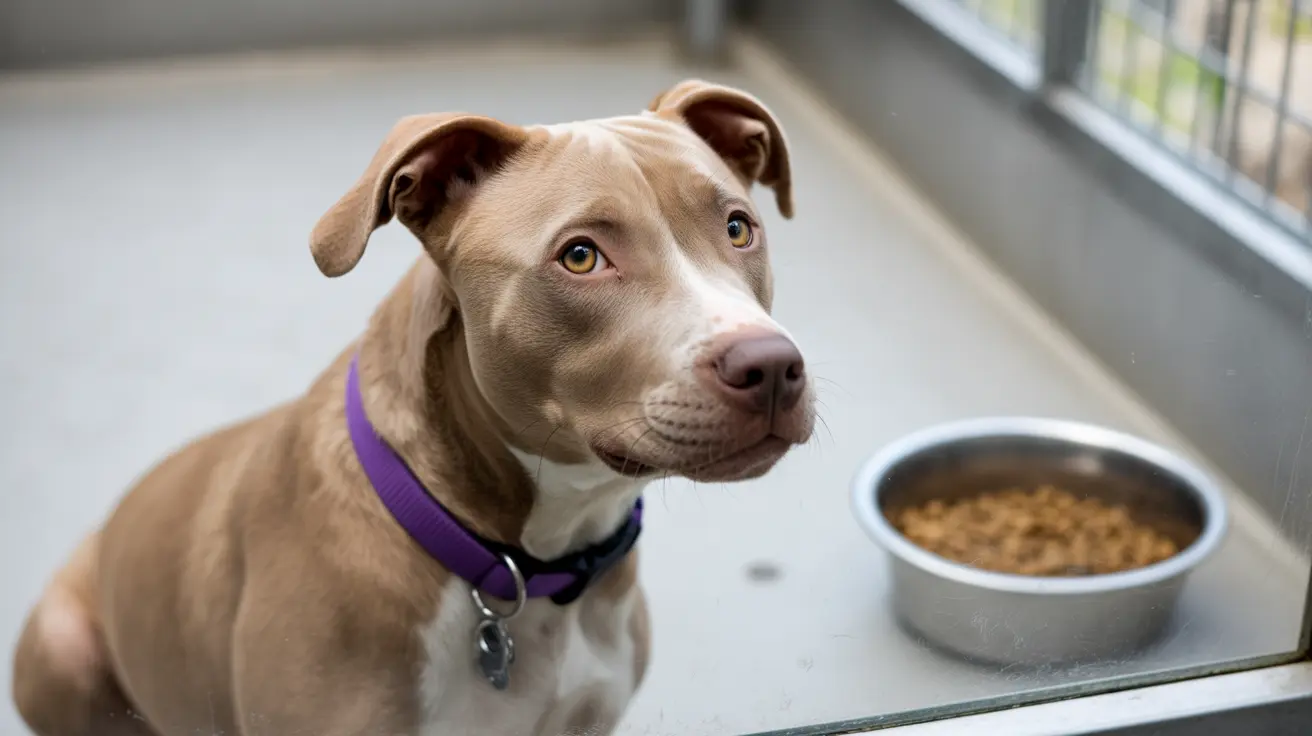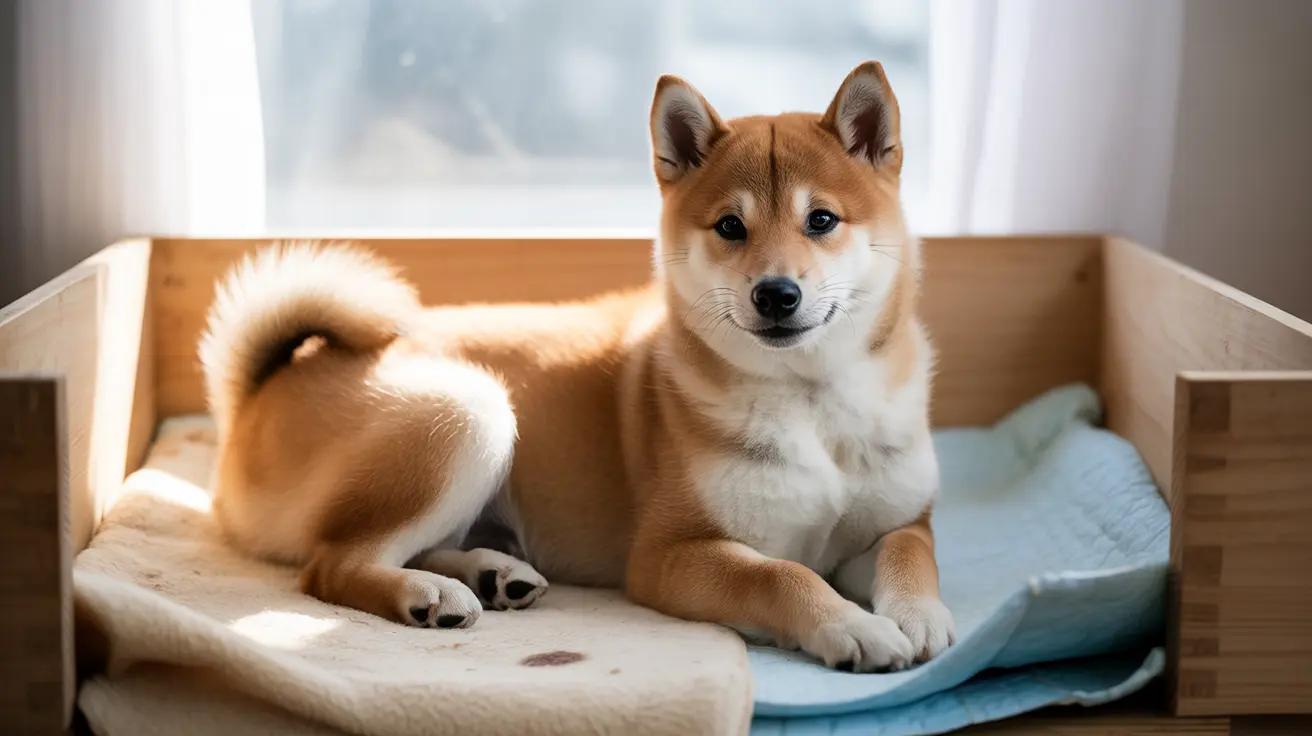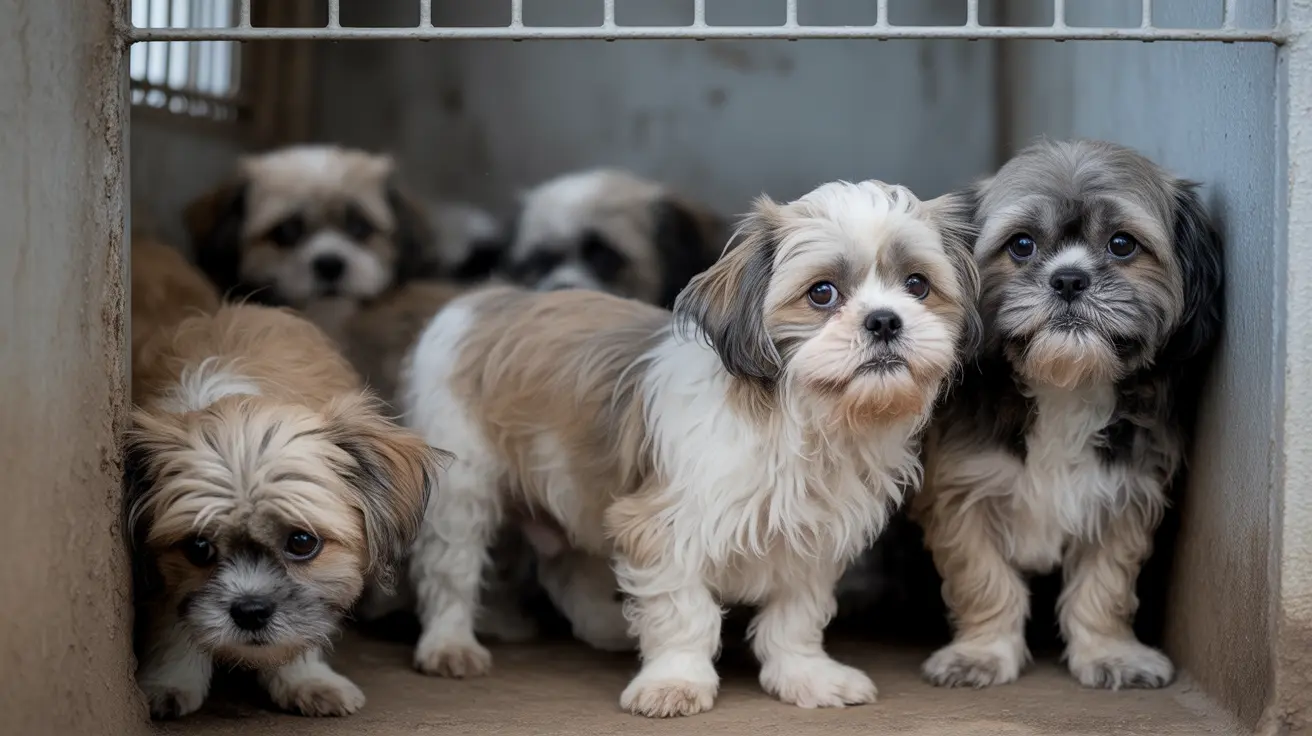Understanding the Buff Tabby Cat: Appearance, Traits, and More
When you hear someone mention a buff tabby cat, they're talking about a feline whose coat combines two distinctive features: the buff color and the classic tabby pattern. Let's dive into what makes these cats unique, how their coloring stands out, and what you can expect if you share your home with one.
What Does "Buff" Mean in Cat Colors?
The term "buff" refers to a soft, pale orange or creamy beige shade. It's lighter than the deep ginger or red-orange coats seen on some cats. Buff coloring tends to have a warm undertone, giving the fur a gentle glow—think of it as the feline equivalent of sand or light caramel. You might notice that in certain lights, the coat almost shimmers with hints of gold or peach.
The Tabby Pattern Explained
Tabby isn't a breed; it's a pattern that appears in many breeds and mixed-breed cats. A buff tabby cat will display one of several classic tabby patterns:
- Mackerel: Thin, parallel stripes running down the sides (like fishbones).
- Classic: Bold swirls and whorls creating a marbled look.
- Spotted: Dots or spots instead of stripes.
- Ticked: Flecks of color on each hair rather than visible stripes.
No matter which pattern they sport, all tabbies have an "M" shape on their foreheads—a signature feature that's easy to spot when you meet one face-to-face.
How Buff Tabbies Differ from Other Orange Cats
You might wonder how buff tabbies stand out from their brighter orange cousins. The difference lies mainly in shade and intensity. While orange tabbies flaunt vivid pumpkin or tangerine hues, buff tabbies are much softer—almost pastel. Their markings may be subtle but still create beautiful contrast against their pale fur.
- Pale coloring: Creamy beige to light apricot base coat.
- Softer markings: Stripes or swirls are usually fainter than those on darker tabbies.
- Nose and paw pads: Often pinkish or peach-colored instead of brick red.
Personality Traits of Buff Tabby Cats
Cats' personalities aren't determined by color alone, but many owners report that buff tabbies are friendly and affectionate companions. They often enjoy being around people, playing gently, and curling up for naps in sunny spots. Of course, every cat is an individual—some may be outgoing while others are more reserved—but their soft coloring sometimes matches their mellow demeanor.
Caring for Your Buff Tabby Cat
If you're lucky enough to live with one of these charming felines, here are some tips for keeping them healthy and happy:
- Regular grooming: Buff fur can show dirt easily; brush weekly to keep it clean and shiny.
- Nutritional diet: Feed high-quality food to maintain coat health and energy levels.
- Routine vet visits: Schedule annual checkups to catch any health issues early.
- Mental stimulation: Provide toys and playtime—tabbies love interactive games!
The Appeal of Buff Tabby Cats
The gentle look of a buff tabby draws many people in—they're often described as looking sweet-natured even before you get to know them! Their unique coloring can make them stand out at shelters or among litters of kittens. Some families specifically seek out buff kittens for their soft appearance and photogenic charm (who can resist those big eyes paired with creamy fur?).
Common Breeds Featuring Buff Tabby Coloring
This coloration isn't limited to one breed; you'll find buff tabbies among various pedigreed cats as well as mixed breeds. Some breeds where this color/pattern combo appears include:
- Domestic Shorthair/Longhair: Most common source for buff tabbys.
- Maine Coon: Large cats known for striking coats—including buff variations.
- Abyssinian (less common): Sometimes show ticked buff patterns.
- Siberian: Occasionally display pale orange-tabby mixes.
A Few Fun Facts About Buff Tabbies
- The gene responsible for orange-based colors is sex-linked; most orange/buff cats are male.
- No two buff tabbies have identical markings—their stripes and swirls are as unique as fingerprints!
- The "M" on their forehead has inspired myths about sacred cats in ancient cultures.
If You're Considering Adopting One...
If you're thinking about adopting a buff tabby cat (or kitten), visit local shelters or rescue groups—you may just find your new best friend waiting with soft fur and gentle eyes. Remember that personality matters more than color when choosing a pet, but if you're drawn to that creamy hue combined with classic stripes, you're not alone!





